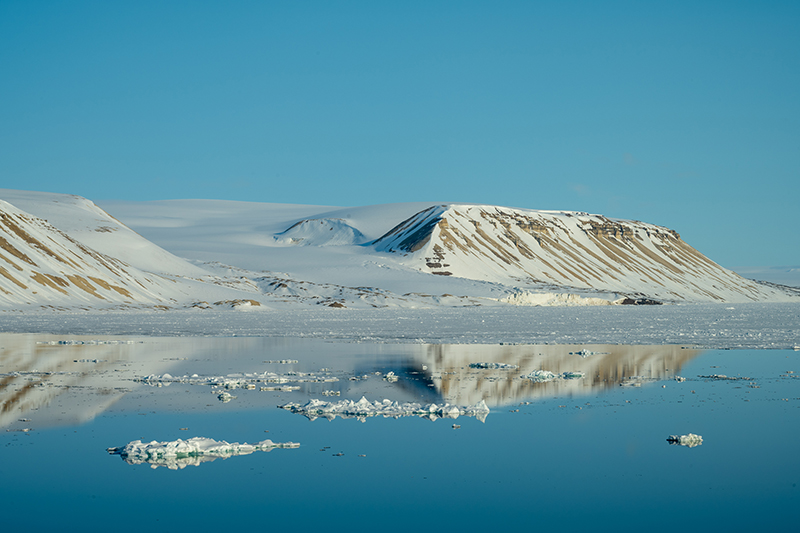
Torellneset ice edge | Photo: Stephen Bradley
Enduring Arctic Wildlife Proves Importance of Land Conservation
By Nicole Adimey | Atira Conservation Founder
In June 2025, we had the immense privilege of crossing off a bucket list dream — a voyage to the High Arctic. Calling it a trip of a lifetime would barely scratch the surface!
Our adventure began in Longyearbyen, Norway, a small town on the island of Spitsbergen — the largest of the 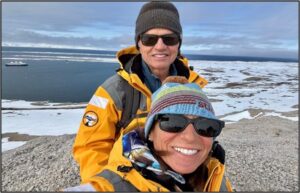 Svalbard archipelago. Known as the wildlife capital of the Arctic, Svalbard drew us in with its promise of rugged beauty and ecological wonder. Over eight days, our ship navigated 876 nautical miles through dramatic fjords and towering glaciers. At our northernmost point, we were fewer than 600 nautical miles from the North Pole. Aboard ship, the glaciologist introduced us to the surprisingly diverse world of ice and its dazzling variations (who knew!). In person, the landscape was so much more stunning than we imagined.
Svalbard archipelago. Known as the wildlife capital of the Arctic, Svalbard drew us in with its promise of rugged beauty and ecological wonder. Over eight days, our ship navigated 876 nautical miles through dramatic fjords and towering glaciers. At our northernmost point, we were fewer than 600 nautical miles from the North Pole. Aboard ship, the glaciologist introduced us to the surprisingly diverse world of ice and its dazzling variations (who knew!). In person, the landscape was so much more stunning than we imagined.
While not immune to humanity’s footprint, the Arctic remains vast and untouched, magnificent and humbling. As we gazed from the ship’s deck, the sheer scale of the glaciers defied our comprehension. It wasn’t until we actually stepped onto the tundra — crunching across snow and ice — that their immense grandeur truly settled in.
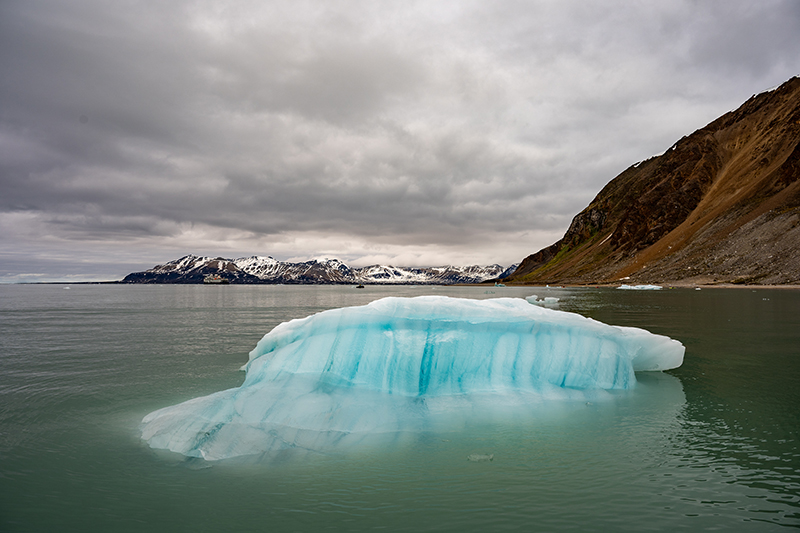
Fjortende Julibukta | Photo: Stephen Bradley
We explored remnants of abandoned whaling stations and settlements from the 17th and 18th centuries, haunting in their desolation. We cruised by the ice cap Austfonna — boasting the largest glacial front in the Northern Hemisphere. It left us speechless!
Yet even in this harsh realm, wildlife endures. We witnessed a thriving seabird colony boasting some 60,000 breeding pairs of Brünnich’s guillemots, alongside black-legged kittiwakes, snow buntings, Arctic terns, Atlantic puffins, and other birds nestled in basalt cliffs towering 100 meters above the waves. One morning, a female polar bear and her cub ambled across the tundra — a thrilling, heartwarming sight. Nearby, a wary ice seal kept watch from its floating frozen sanctuary.
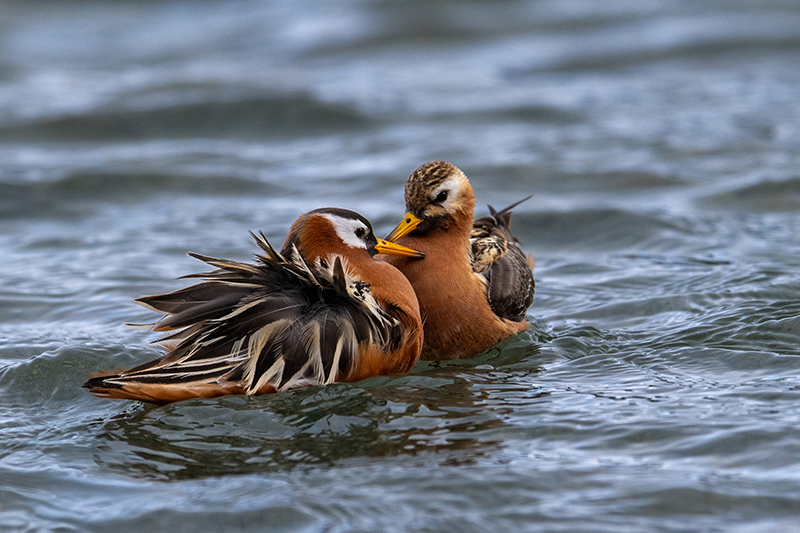
Red phalarope | Photo: Stephen Bradley
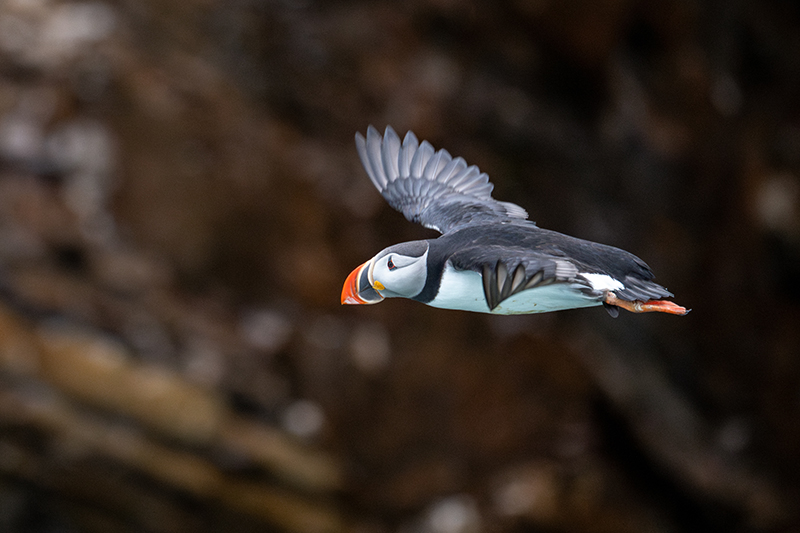
Atlantic puffin | Photo: Stephen Bradley
With their natural camouflage, Arctic reindeer and foxes blended effortlessly into the landscape. In contrast, walruses in the polar desert of Torellneset were much easier to spot — especially if you followed your nose! ! We were also treated to a rare encounter with a large pod of beluga whales as they glided gracefully through the fjords. Over eight days, we recorded 38 animal species, as well as numerous vibrant tundra flowers we saw bursting into bloom.
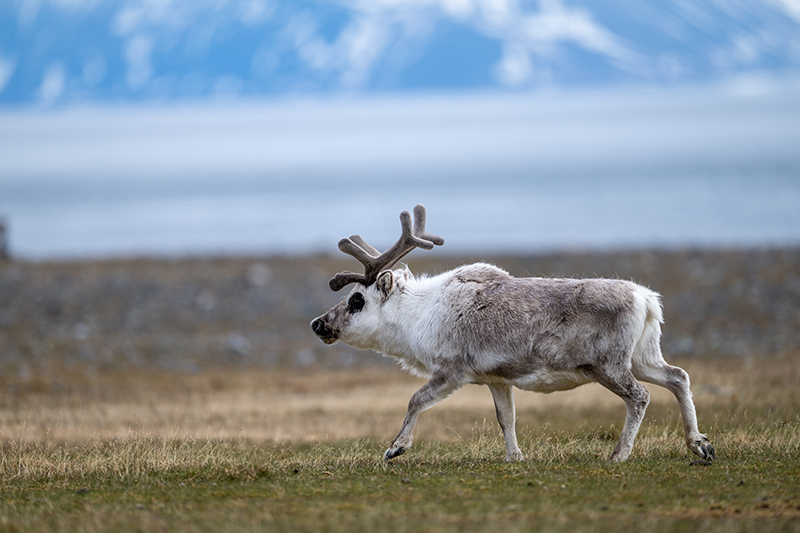
Svalbard reindeer | Photo: Stephen Bradley
Our journey included the Northwest Spitsbergen National Park, one of several protected zones in the region. We were heartened to see proactive conservation efforts by the Norwegian government, especially given the remoteness of the region. In light of melting ice and expanding shipping routes, such protections are more critical than ever.
Amid all this beauty, the sobering evidence of human impact was undeniable.
Glacier Smeerenburgbreen, once a dramatic highlight of the regional fjord complex, has retreated alarmingly over the last century due to a warming climate. Islands scattered with whale bones served as chilling reminders of the whaling era. It’s staggering to consider the scale of past hunting — whales, walruses, seals, foxes, reindeer and even polar bears were once hunted for food, fur and other resources.
Fortunately, over time, nature has shown resilience. Despite the challenges of climate change and human intrusion, these Arctic species continue to persist and inspire — proof that left alone in protected places, wildlife can endure.
Reminded of the plight of wildlife, the fragility of ecosystems and the irreplaceable value of wild spaces, we returned from our trip with heavy hearts but with renewed hope. Now, more than ever, we are convinced of the urgent need for land conservation — and deeply grateful for our ability to help make it happen through Atira Conservation in this diverse and breathtaking world we are privileged to inhabit.
Nicole & Brett
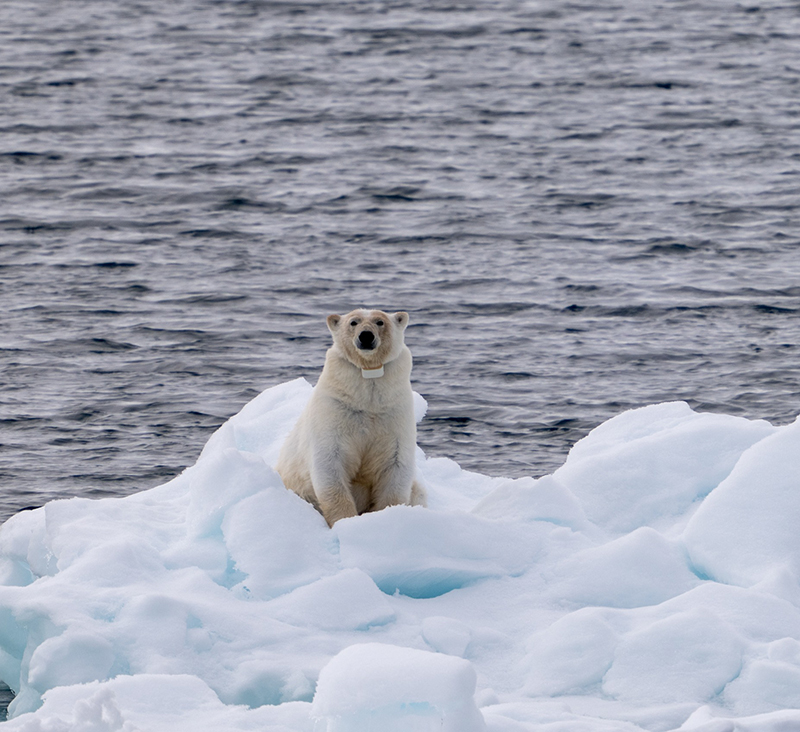
Polar bear with a radio collar | Photo: Stephen Bradley
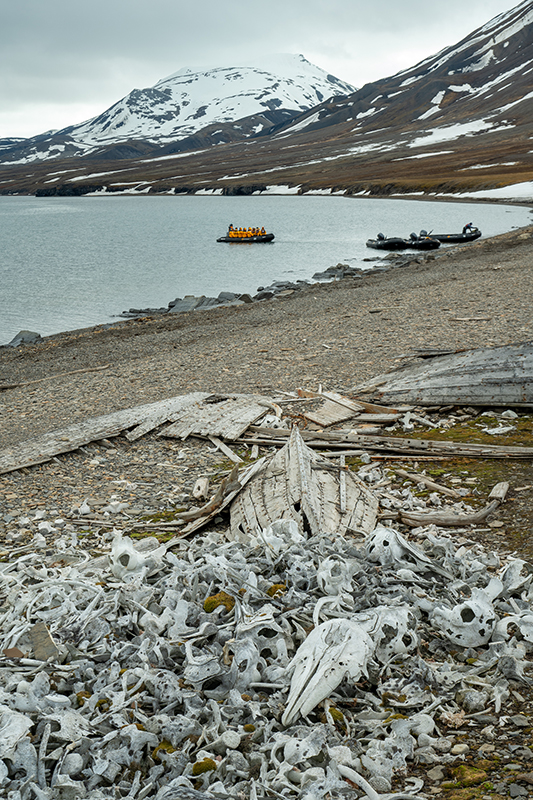
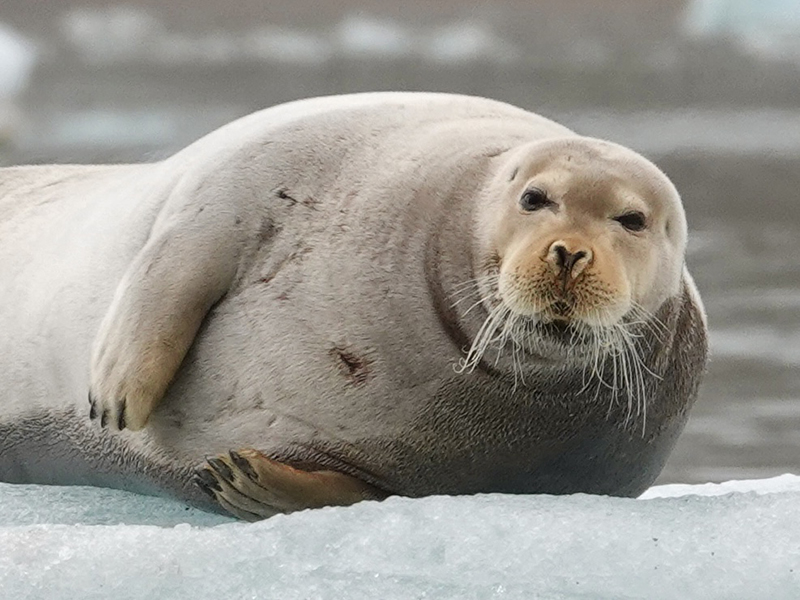
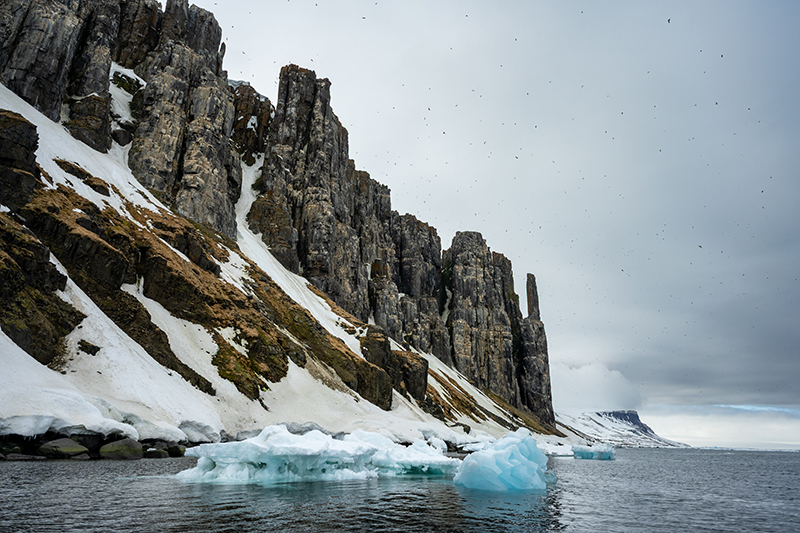
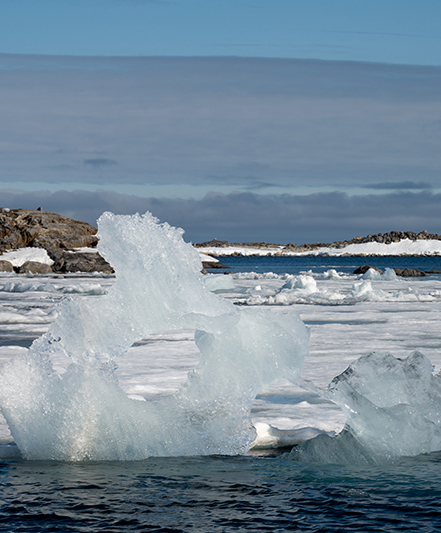
Photos by Stephen Bradley
Please join us in conserving lands that matter!
Support Atira Conservation
Together, we can safeguard the irreplaceable, provide permanent connections between communities and nature and protect the Earth that we call call home!
(Tax ID#: 87-2103234)
